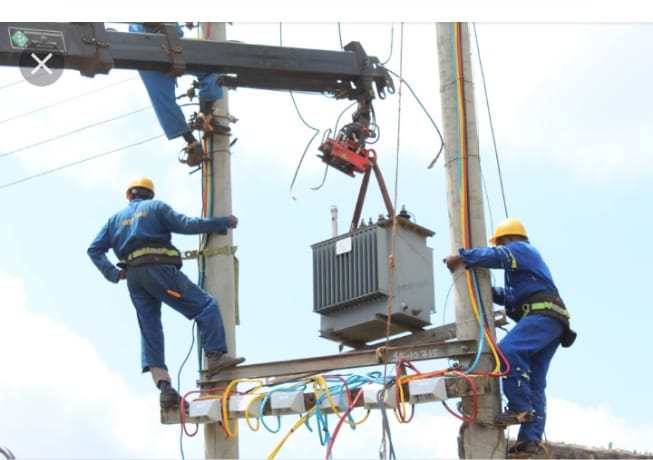

Kenya Power has addressed one of the
most persistent concerns from its customers: how long it takes to fix a faulty
transformer and the reasons behind recurring power outages.
In a statement on X Thursday, the
utility firm outlined the main causes of transformer failures and explained why
some outages last for weeks.
The utility company revealed that
many outages are preventable and often stem from small oversights or illegal
activities.
“You might be surprised to learn
that many of these outages stem from preventable issues – small oversights that
can lead to weeks of frustration for customers,” the company stated in a tweet.
The company said the most common cause
of transformer failure is overloading and unauthorised connections.
Kenya Power said that when communities
tap into the power grid illegally or plug in too many high-energy appliances,
they exceed the transformer’s design limits.
This overload results in
overheating, dangerous voltage imbalances, and ultimately, equipment burnout.
Vandalism is another major
contributor to transformer breakdowns, the company said
The units contain cooling oil and
valuable copper windings, which attract criminals. Once tampered with,
transformers lose their ability to cool effectively.
“If power is restored without these
elements, the transformer can overheat and burn out within hours,” Kenya Power
noted.
Environmental hazards such as
lightning strikes, falling trees, floods, and extreme heat also damage
transformers.
These natural occurrences can knock
out transformers instantly or weaken them over time. With severe weather
becoming more frequent, maintaining power infrastructure is becoming
increasingly difficult.
However, Kenya Power notes that not
all transformer failures result from external factors.
Some begin with manufacturing
defects—flaws in design or substandard materials—that may go unnoticed until
the transformer is placed under pressure.
During periods of high demand, these
weaknesses become evident and lead to breakdowns, even in new equipment.
Aging infrastructure is another
issue. Many transformers have remained in service far longer than they were
designed for. Older units are more prone to failure, which can extend the
duration of outages.
Kenya Power emphasized that
identifying the root causes of transformer failures is key to improving service
reliability.
“Understanding why transformers fail is the
first step toward prevention,” the company said.
Transformer failure is a major
factor in Kenya’s frequent power outages.
In 2023, the System Average Interruption
Frequency Index (SAIFI), which measures how often customers experience outages,
stood at 44.9. This means an average Kenyan customer experienced nearly 45
unplanned power cuts in one year.
Since 2020, Kenya has experienced at
least eight nationwide blackouts, pointing to increasing pressure on the grid.
Kenya Power says the complexity of transformer repairs—especially in cases
involving vandalism or overload—means restoration can take longer.
The company urged the public to help
protect power infrastructure by discouraging illegal connections and reporting
vandalism.















